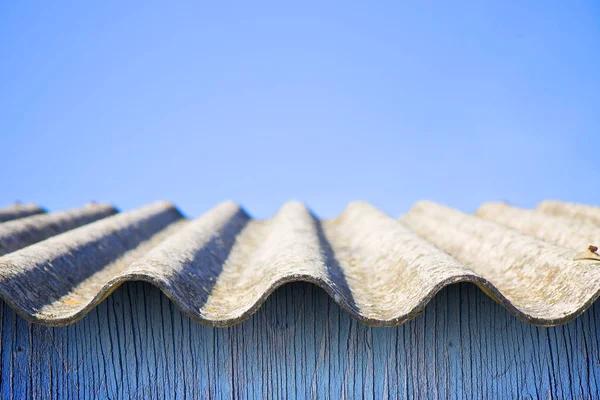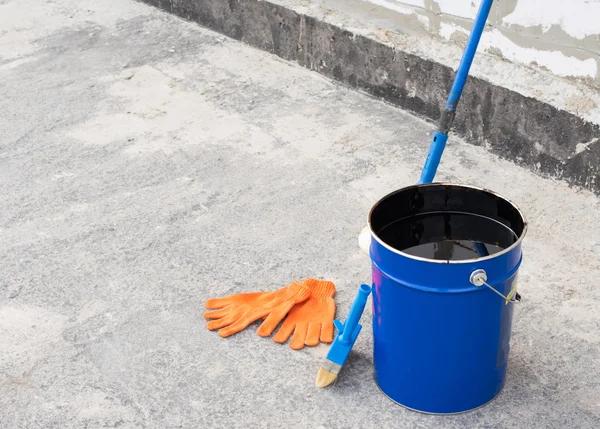Asbestos surveys are essential procedures for buildings constructed before the year 2000, when asbestos was widely used in construction. The process involves identifying and managing asbestos-containing materials (ACMs) to ensure the safety of those who occupy or work within these structures.
The first step in an asbestos survey is planning. This includes determining why the survey is needed, which could be due to a pre-demolition requirement or routine management of ACMs. It also involves identifying which areas of the building will be surveyed and how this should be done safely and effectively. A competent surveyor with relevant training, experience, and knowledge about asbestos is necessary to carry find out more by clicking this link task.
Once planning is complete, the next step in an asbestos survey is conducting a thorough inspection of the property. During this stage, all accessible areas are systematically examined for signs of ACMs. These include walls, ceilings, floors, insulation systems, pipe works among others. Any suspected materials are then sampled for analysis using safe and appropriate methods that prevent any release of asbestos fibers into the environment.
Following sampling comes laboratory testing where collected samples undergo detailed analysis to confirm whether they contain asbestos and if so what type it might be – Chrysotile (white), Amosite (brown), or Crocidolite (blue). Each type has different characteristics that affect its potential risk level.
After testing comes reporting; a comprehensive report detailing findings from both visual inspections and laboratory analyses is compiled by the surveyor. This report identifies locations where ACMs were found or suspected; their condition; accessibility; surface treatment; extent; product type; fiber release likelihood etc., providing valuable information required for effective management plans.
Finally yet importantly comes actioning on results obtained from an asbestos survey report – typically through development of an Asbestos Management Plan (AMP). An AMP provides guidance on managing identified risks associated with ACMs present within a building – it may involve regular monitoring conditions of these materials over time; encapsulation or sealing of ACMs to prevent fiber release; or removal and disposal by licensed professionals.
Understanding the process of an asbestos survey is crucial for property owners, managers, and those responsible for building maintenance. It helps them comply with relevant health and safety regulations designed to protect occupants and workers from potential health risks associated with exposure to asbestos fibers. Asbestos surveys are not just a legal requirement but also a significant step towards ensuring safer living and working environments. Therefore, they should be carried out diligently by competent professionals who understand the intricacies involved in identifying, managing, and safely dealing with ACMs.




